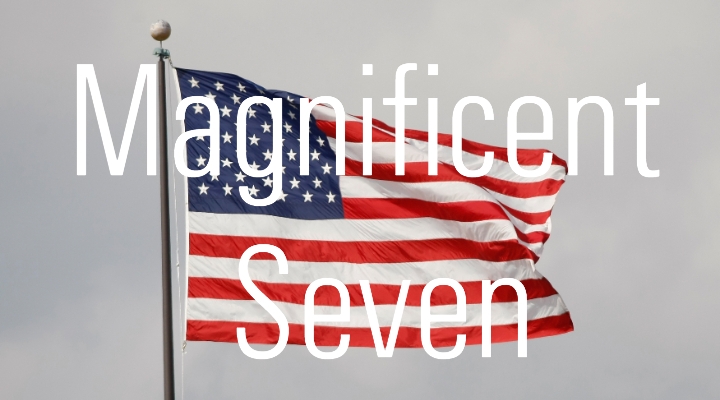We don’t plan to alter our $87 fair value estimate on narrow moat Best Buy significantly after the firm posted solid fiscal 2025 fourth quarter results. Demand proved better than expected as companywide comparable sales expanded 0.5%, outpacing our forecast for a 1% decline. Domestic comparable sales eked out a 0.2% gain, underpinned by 6.5% growth in computing and mobile phone sales, along with a 10% uptick in services revenue. But consistent with recent quarters, demand in the appliances and entertainment categories remained under pressure as sales declined by a low-double-digit percentage. Profits held up better than we anticipated, primarily due to an improvement in gross margin from its domestic services business. As such, the firm’s operating margin declined just 10 basis points to 4.9%, coming in slightly ahead of our 4.7% forecast.
Show me how fair value is derived (00:41)
Morningstar calculates the fair value estimate of a company based on a projection of how much cash the company will generate in the future. Morningstar analysts create custom industry and company assumptions to feed income statement, balance sheet, and capital investment assumptions into a proprietary discounted cash flow modeling template. Scenario analysis, in-depth competitive advantage analysis, and a variety of other analytical tools are used to augment the discounted cash flow process. The analyst discounts future cash flows using the weighted average of the costs of equity, debt, and preferred stock (and any other funding sources), using expected future proportionate long-term, market-value weights.
The Morningstar Fair Value Estimate is a projection/opinion and not a statement of fact. If Morningstar's base-case assumptions are true the market price will converge on Morningstar's fair value estimate over time, generally within three years. Investments in securities are subject to market and other risks. Past performance of a security may or may not be sustained in the future and is no indication of future performance.






:quality(80)/cloudfront-us-east-1.images.arcpublishing.com/morningstar/WWTKCVK2BBHOFOOXGMVN7ODREE.jpg)
:quality(80)/cloudfront-us-east-1.images.arcpublishing.com/morningstar/4NGZQFTKLFDYDPL3QSBW7ECE74.jpg)
:quality(80)/cloudfront-us-east-1.images.arcpublishing.com/morningstar/FGC25JIKZ5EATCXF265D56SZTE.jpg)





